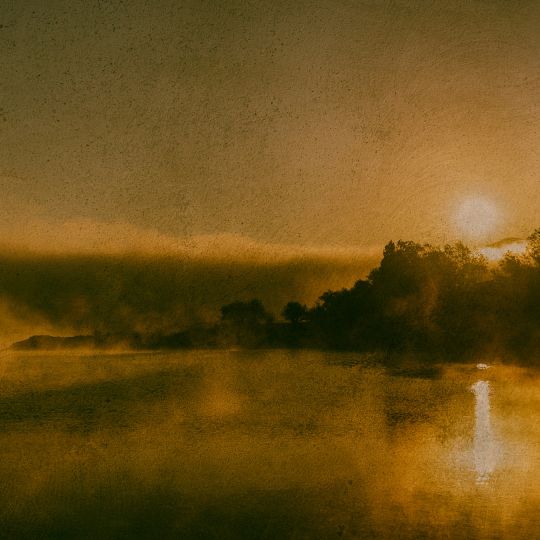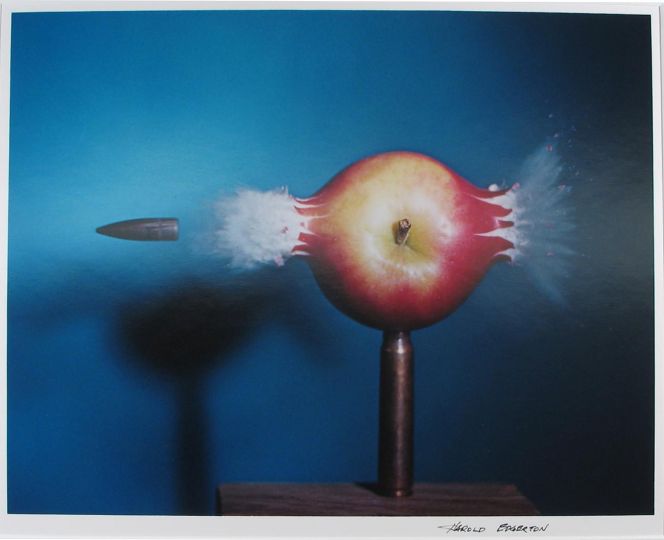Bela Doka , in his series titled « The Sundays of life », charts a challenging path for himself. How do you photograph the daily moments that, while not dramatic, form the core of life’s pleasures and satisfactions? The answer for Mr. Doka is found in a country house owned by the family of his girlfriend. The world that he reveals to us is one of sun drenched lunch tables, cool afternoon river swims, lazy walks in the fields, and tasks that are met with no timetable in mind. If we view these pictures from a hurried, urban mindset, we see nothing. Literally. Nothing is happening. But if we shift our sensibilities – as I believe Mr. Doka is asking us to do along with him – then we see the timeless, daily activities that create a Zen satisfaction.
All photographs are difficult to create. The idea that anyone can do it is one of photography’s primary misconceptions. But within that measure of difficulty there is certainly a hierarchy. The most difficult pictures, I imagine, are the ones that exist in the interstices of emotions and the waystations of dramatic narrative. We have an idea of what joy looks like, rage, terror, ecstasy, elation. But what does contentment look like? How does one take a photograph of quiet pleasure?
Rural life has exerted a pull on the imaginations of many photographers. But often this is because of a key dramatic element in the existence of the people there. Sometimes we see poverty, or a shift in population, or the remainder of an event that has left its mark. I think of the Farm Security Administration photographers in the United States in the ‘30s or of Eugene Smith’s “Minamata” chronicle of Japan. These are starkly powerful narratives that grab the viewer from the start. I am not saying these pictures were easy to take or are simple in their interpretation, but I imagine the photographers knew there would be an audience for their subject. Mr. Doka had no such guarantee, nor did he expect one. He felt that pictures were really only for himself. I think when an artist pursues a vision that has no intended viewer, the work takes on a different cast; it becomes quieter, more introspective. Our internal dialogues need no footnotes. You always know what you’re thinking. It’s only when you need to explain it all to others that you need to make everything more obvious.
Bela Doka is best known as a documentary and editorial photographer. His work in Cuba, Mexico, and multiple countries in Eastern Europe introduced us to a life we wouldn’t other-wise know. These lives are presented to us with an honest and unsentimental eye, yet one senses the empathy of the artist as well. This perspective is also visible in “The Sundays of life”. While he is shooting in a much more relaxed environment and doesn’t have an editor in mind to whom the project will be presented, a sympathetic insider is still introducing us to a life most of us don’t know. Perhaps the audience in his imagination will be his girlfriend, her family, or maybe just himself, but the project is still a way to frame and familiarize us with something he wants us to know better.
Perhaps this helps to explain why the centrifugal center of the series revolves around pictures of his girlfriend. Her graceful and toned female form dominates over half of the series. Part of me believes that this is pride, love, and admiration from the artist towards a person who seems to be at the core of his life in every way. But another part of me believes that her beauty is a mystery to him; the eternal female present in the flesh, but still elusive at another plane. How else can we explain the fact that her face is hidden, masked, or turned away in every frame? We know that he had unlimited access in this familial setting to frame his portraits from any angle. So the dorsal views and masked perspectives communicate distance and mystery as much as they communicate intimate knowledge. We know he is a member of this clan because he has told us so, but the pictures convey a sense of being one step outside; a sense of questions not yet answered.
I also think “The Sundays of life” argues for a kind of common humanity. In other words, we are more alike than we are different. Imagine, here we are in a remote Hungarian village with people we don’t know, and yet, they are doing exactly what we would be doing if we were in a similar place. The fact that there are no awe-inspiring vistas, dramatic landscapes, or geographically defining details reinforces the idea that we could be anywhere, and that these people could be our family, too. Wherever in the world these pictures were taken, we all recognize the raking light of a late summer afternoon nap and the bracing snap of cold river water on a hot, hot day. You say, “I’ve been there”.
Another facet on this idea of “everyman” explored in “The Sundays of life” is one of visual style. While I think the photographic style in the series has an echo to Mr. Doka’s other work, the feeling here is even more spontaneous. The artist wants us to believe these are snapshots. As I asked in the beginning of this essay, the artist asks us: could this picture be taken by just anyone? Is it so naive and artless that anyone who was at that spot that day could have taken it? This is the conceit that many contemporary photographers explore, most notably some fine Japanese artists. I think of Takashi Homma and Rinko Kawauchi. But one has only to try to take these pictures for oneself to immediately collide with the difficulty of it. It’s not easy, it only looks that way.
A teacher of mine once said that the definition of virtuosity is the ability to make that which we know is hard seem to be easy. By this definition, Bela Doka is a virtuoso. But the best virtuosos are not content with trills and arpeggios; they want to communicate the emotions that lie just under the surface of all that difficulty. Mr. Doka communicates to us the calm, serene pleasure to be found in a remote place with just a few people he loves. It couldn’t be easier. Or, at least, it could be, if only we could join him there.
Evan Mirapaul
The Sundays of Life… Bela Doka
Limited edition : Edition of 250
Each book is handmade, in hard cover and cloth binding, numbered and signed.
There is a deluxe, boxed edition (Edition of 50) : the book is bound in white goatskin, in a handmade box.
















